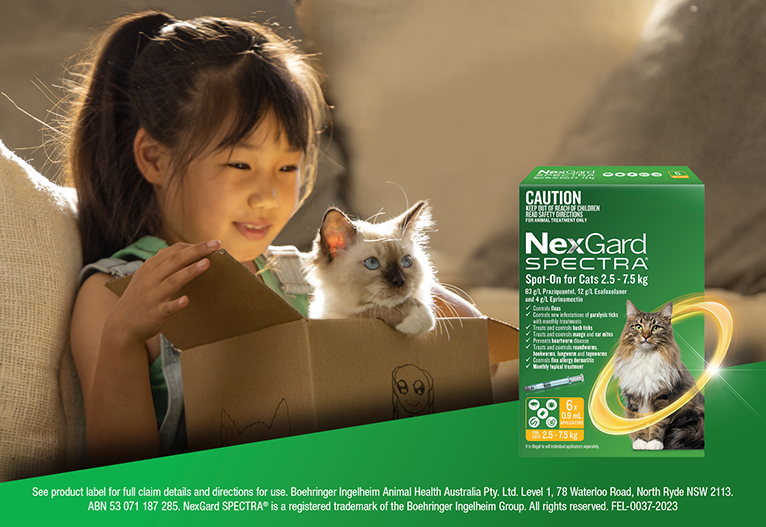Pelvic floor dysfunction (PFD) is inconvenient, embarrassing and often uncomfortable – not just physically, but also mentally. However one thing PFD is not, is uncommon. The encouraging news is that you don’t have to suffer silence. There are many ways to manage and overcome the condition, with research suggesting that 60-70 percent of cases can be better managed or cured completely.
Below are the important facts you need to know about PFD.
What causes pelvic floor dysfunction?
PFD can be caused by a variety of factors, including:
- Obesity
- Childbirth
- Oestrogen deficiency
- Impact trauma
- Spinal or pelvic misalignment
- Infection or inflammation
- Chronic coughing
- Chronic constipation
- High impact sporting activities
- Certain medications
It is also known that approximately one in three women who have had a baby will come to experience incontinence at some point as a result of stretched, weakened or torn pelvic muscles.
How many women does it affect?
PFD is more common than you’d think. It affects 4.8 million Australians (yes, men can experience it too), yet the majority (80 percent) are women.
Are there different types of incontinence?
Yes, in fact incontinence takes on many different forms. The most common type of incontinence is stress incontinence, which is where the bladder leaks as a result of small pressure changes in the body (e.g. coughing, sneezing and jumping). Urge incontinence is the feeling of frequently need to use the bathroom, even when there is no real need, and mixed incontinence is a mixture of the two previously mentioned. Overflow incontinence is when there is a blockage in the ureter which prevents the complete emptying of the bladder.
What other factors contribute to PFD?
Certain foods, including those that case excessive urination or disrupt the digestion process can also have a negative effect on your bladder.
Foods that can contribute to incontinence include:
- Alcoholic beverages
- Artificial sweeteners
- Carbonated beverages
- Citrus fruits and juices
- Coffee or tea (both caffeinated and caffeine free)
- Tomatoes and tomato-based products
- Spicy foods (including chilli and curry)
3 ways to overcome pelvic floor dysfunction:
Ensure you undergo careful assessment: An internal pelvic examination and real time ultrasound are important tests to undergo to allow both yourself and your specialist to understand the cause of your incontinence. It is also important for the specialised health professional to undergo careful assessment of your case in order to design the most appropriate, personalised treatment plan for you.
Pelvic floor strengthening exercises: Certain exercise, which may be given to you by a specially trained physiotherapist, can help strengthen pelvic floor muscles and lead to better pelvic floor control. A common pelvic floor exercise involves intentionally stopping your urine flow midstream to gradually build bladder control.
Drink water: This may sound like strange advice, however reducing your fluid intake can irritate your bladder and cause it to fill to lower volumes. This can make you feel like you need to use the bathroom more often and lead to further damage. Drink 1.5-2 litres of water a day to allow your body to maintain overall health and wellness, including pelvic floor health.
Pelvic floor dysfunction affects many women, and is not something to be ashamed of or suffer in silence. There are many treatment options available, and with the right support from a trained specialist, you should be able to avoid and overcome many uncomfortable situations. Take charge of your body and give yourself the confidence it deserves.





















12:01 pm
10:56 am
-

-
-
-
missangela replied
- 27 Aug 2013 , 8:43 pm
Reply10:32 pm
10:55 am
1:30 am
7:57 pm
5:20 pm
10:44 pm
11:59 am
10:08 am
10:02 pm
1:41 pm
10:48 am
6:42 pm
6:11 pm
-

-
-
-
meros replied
- 29 Aug 2013 , 11:32 am
Reply6:24 pm
12:45 pm
9:17 pm
11:49 am
9:37 am
- «
- 1
- 2
- 3
- 4
- …
- 8
- »
Post a commentTo post a review/comment please join us or login so we can allocate your points.